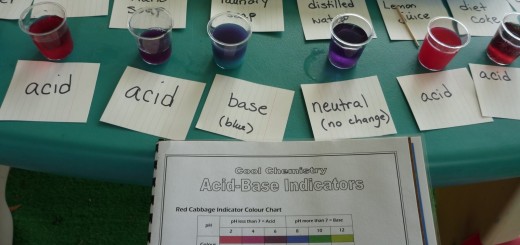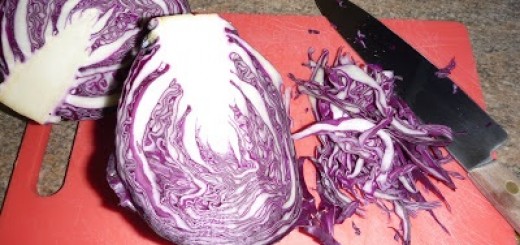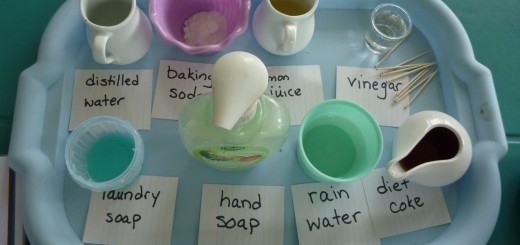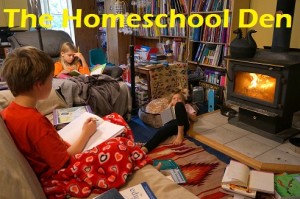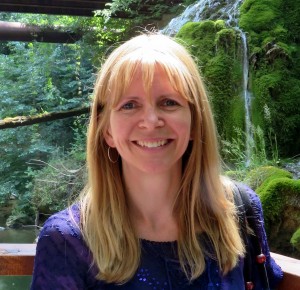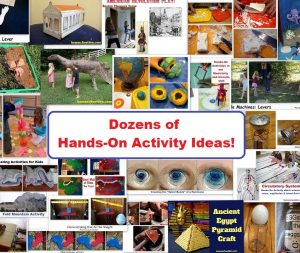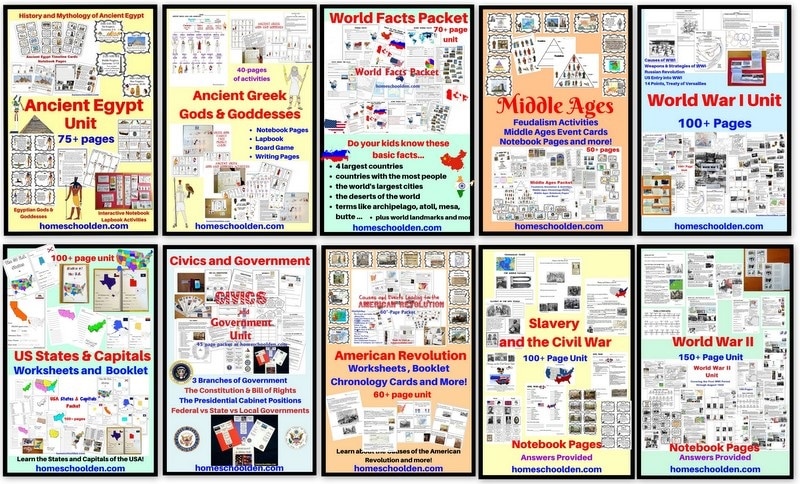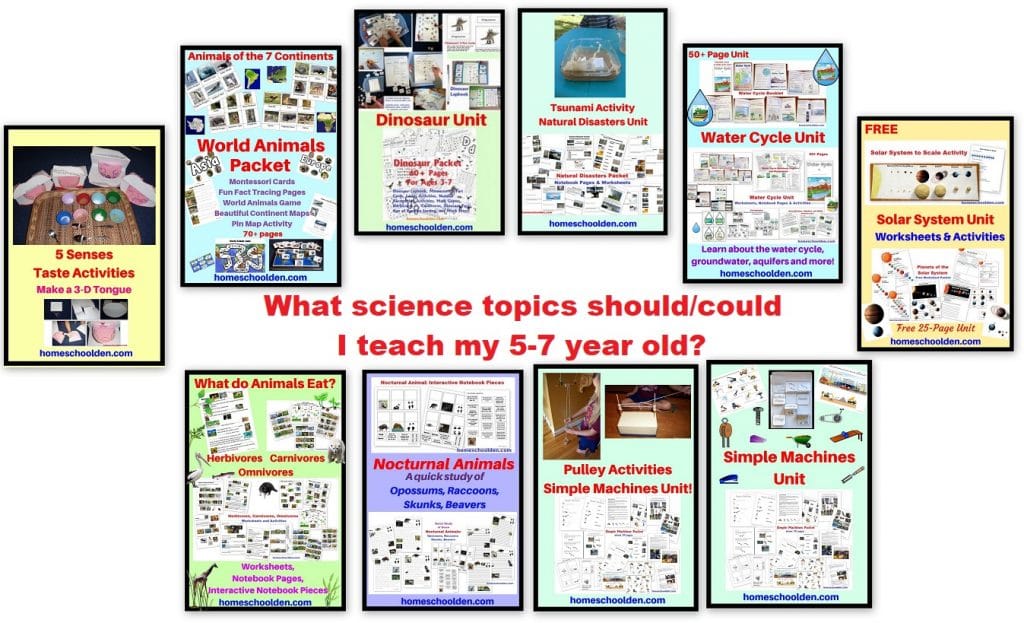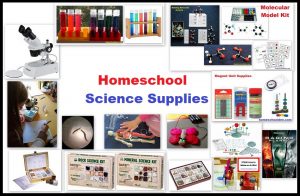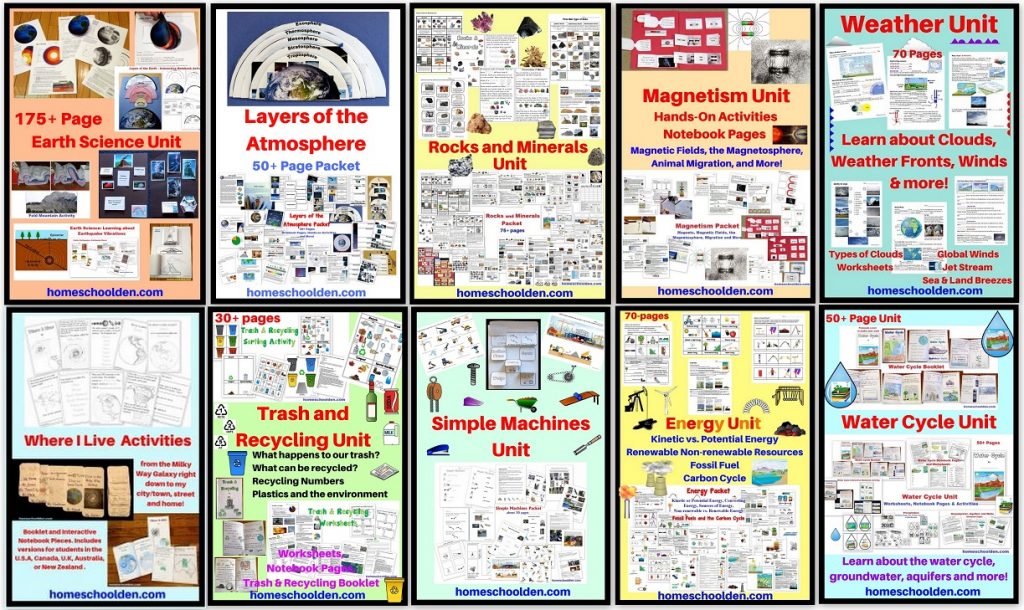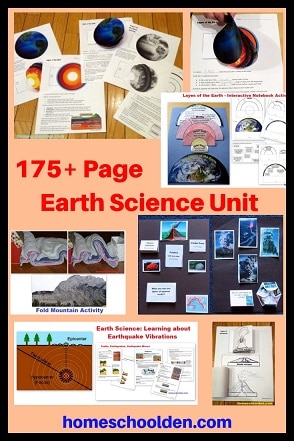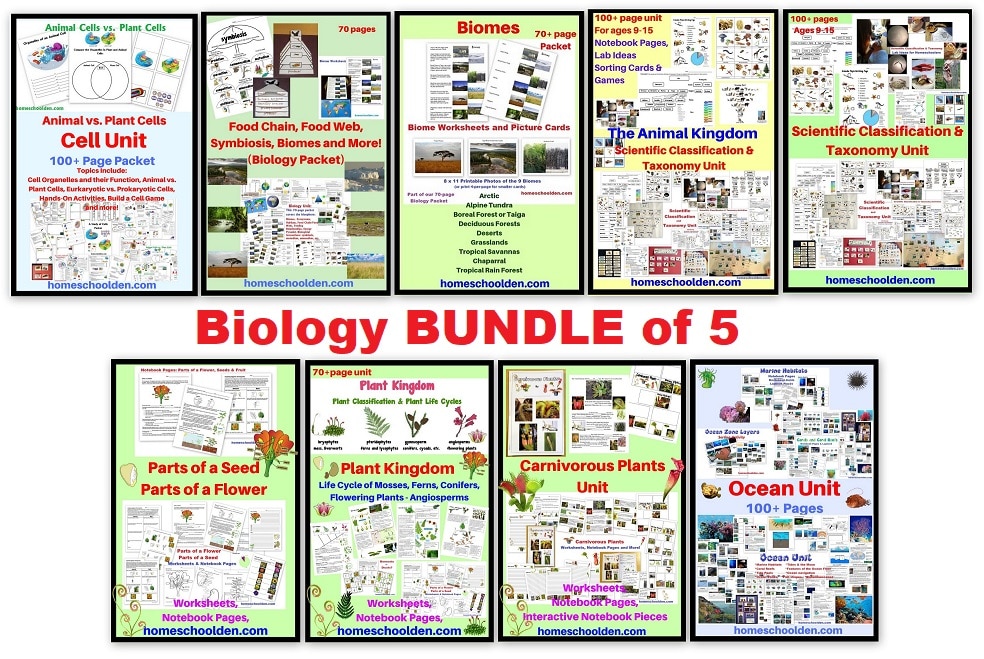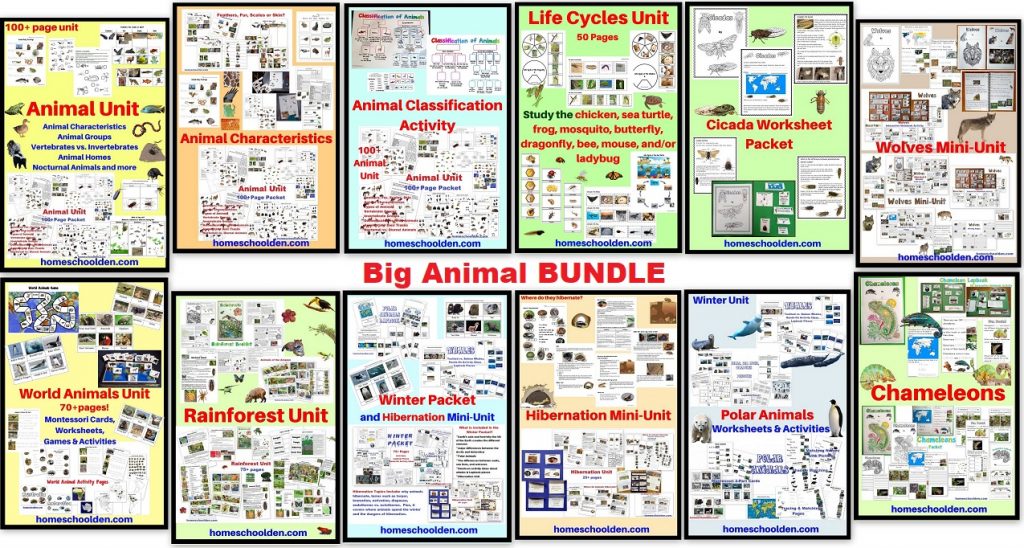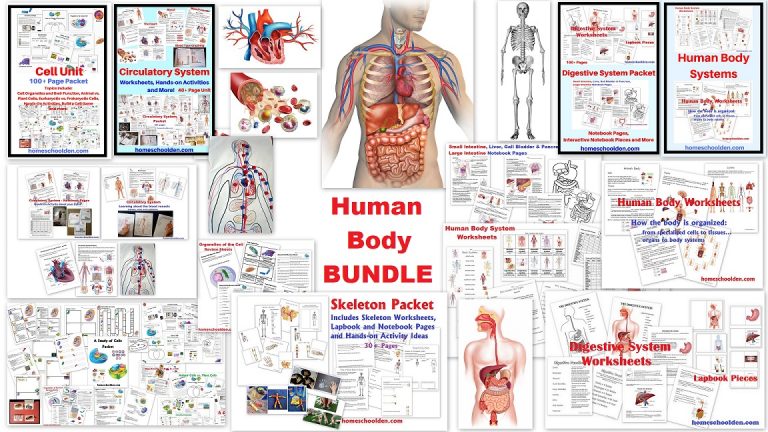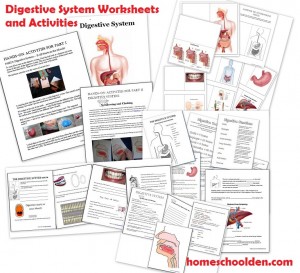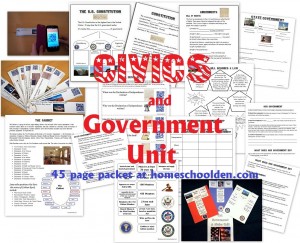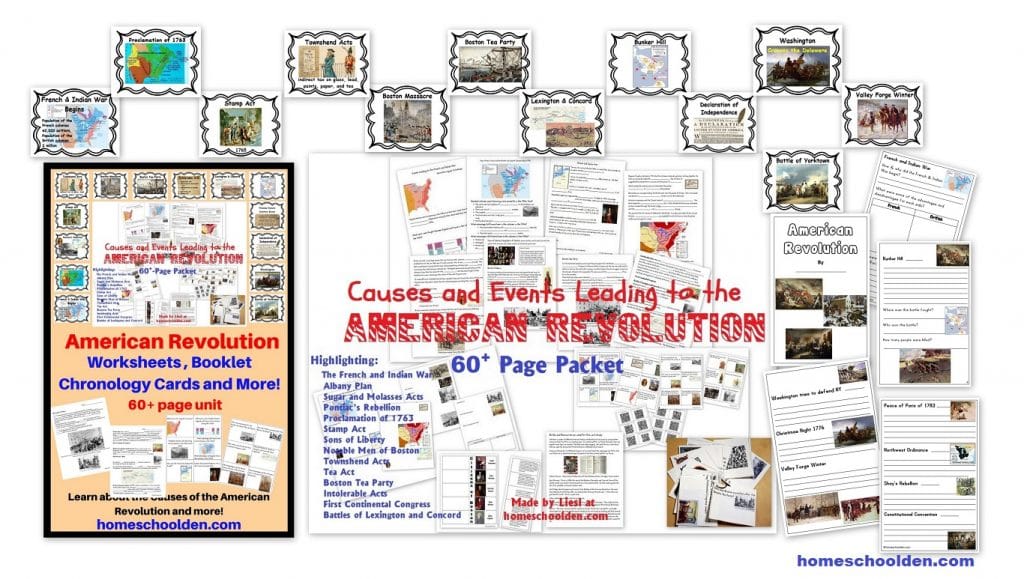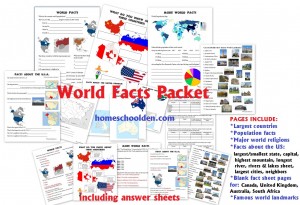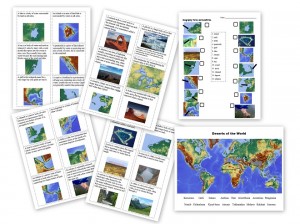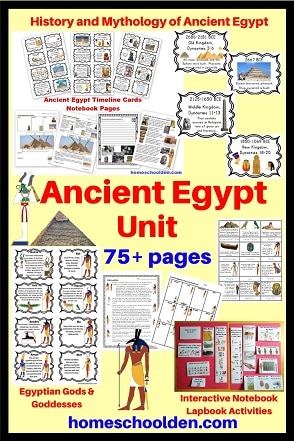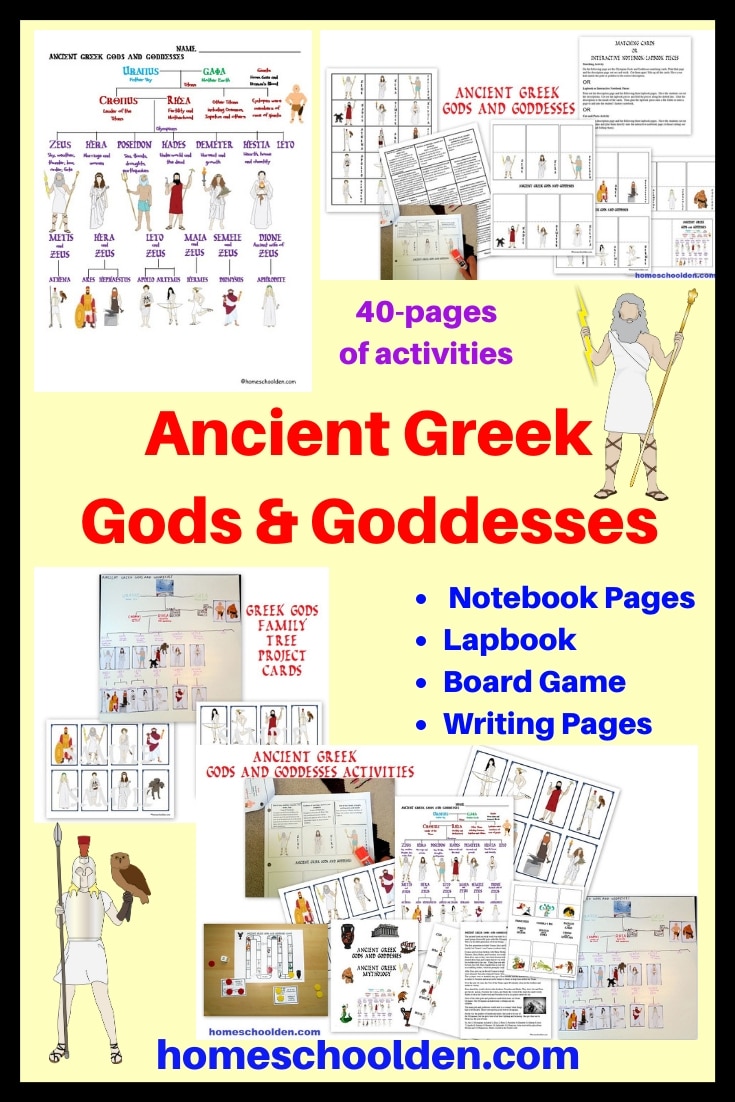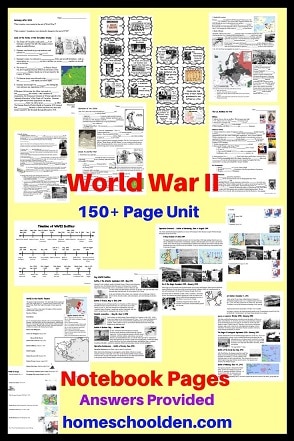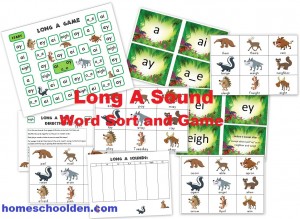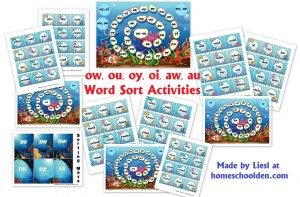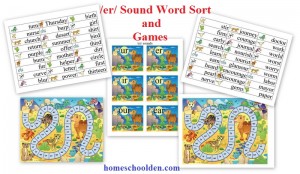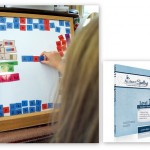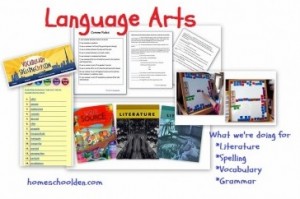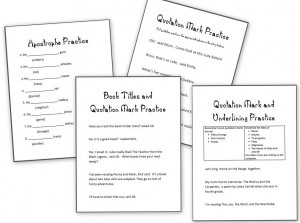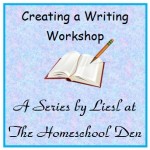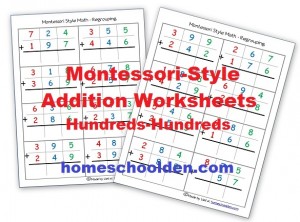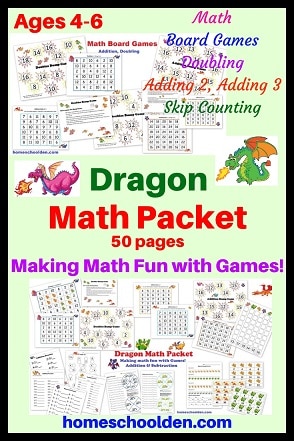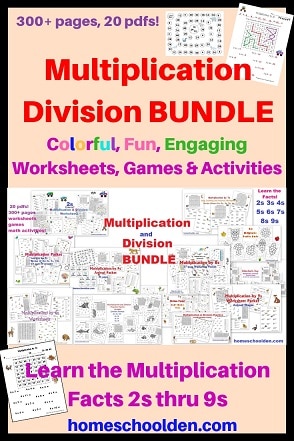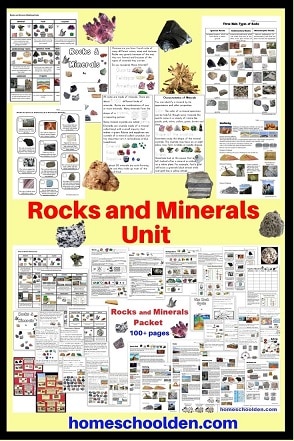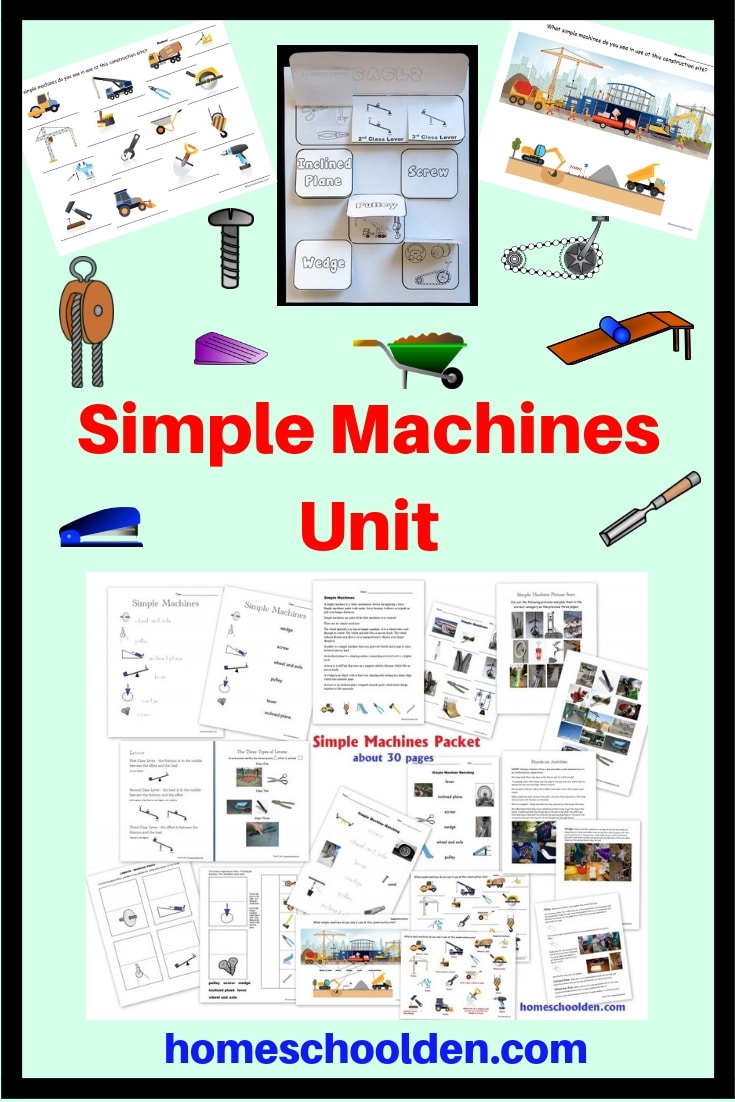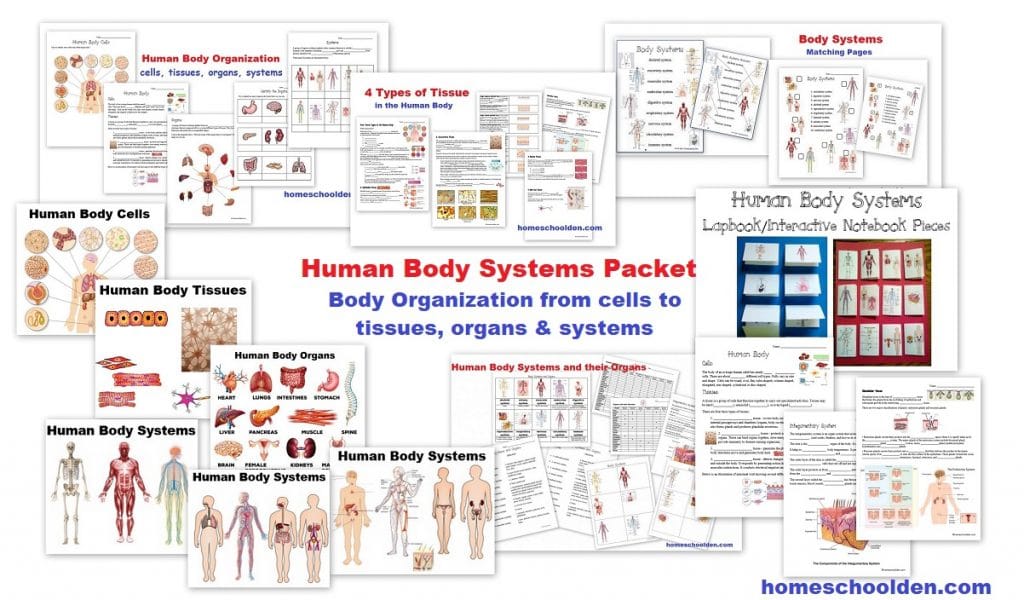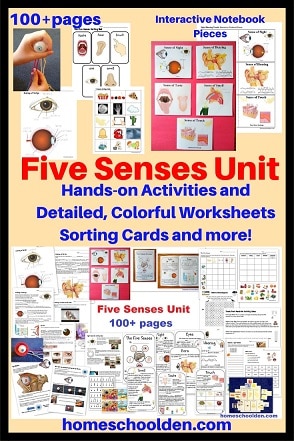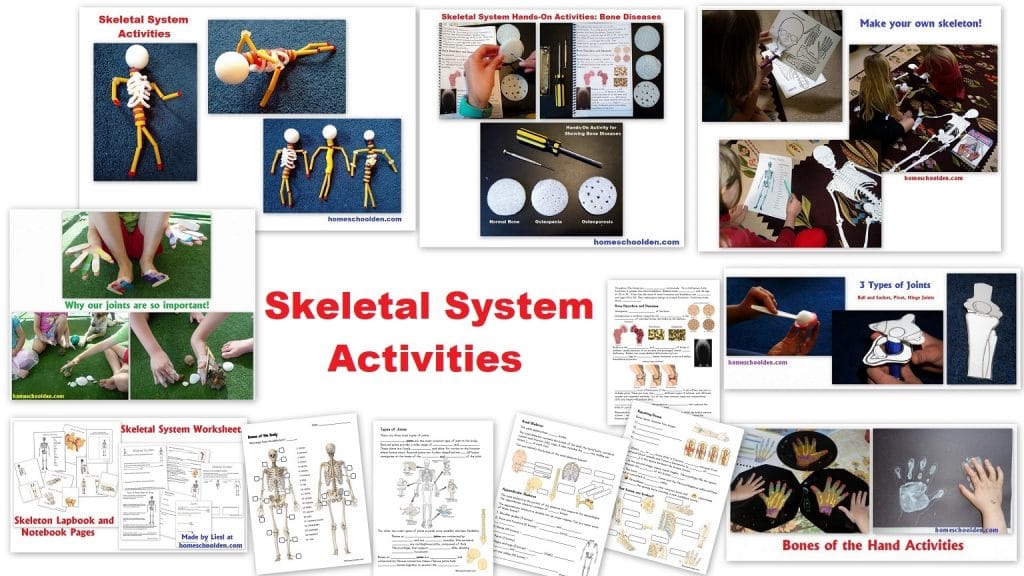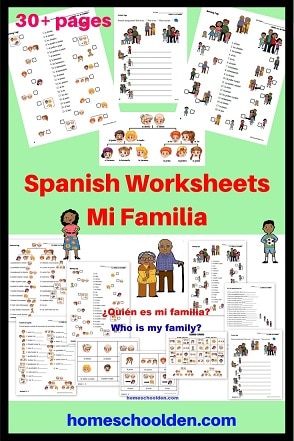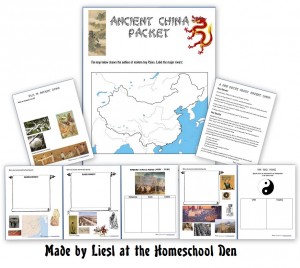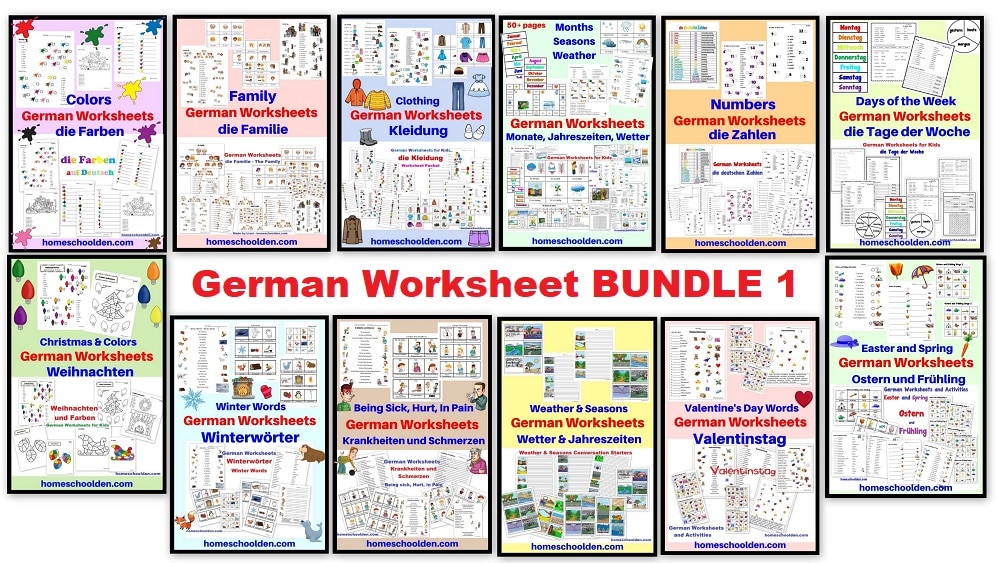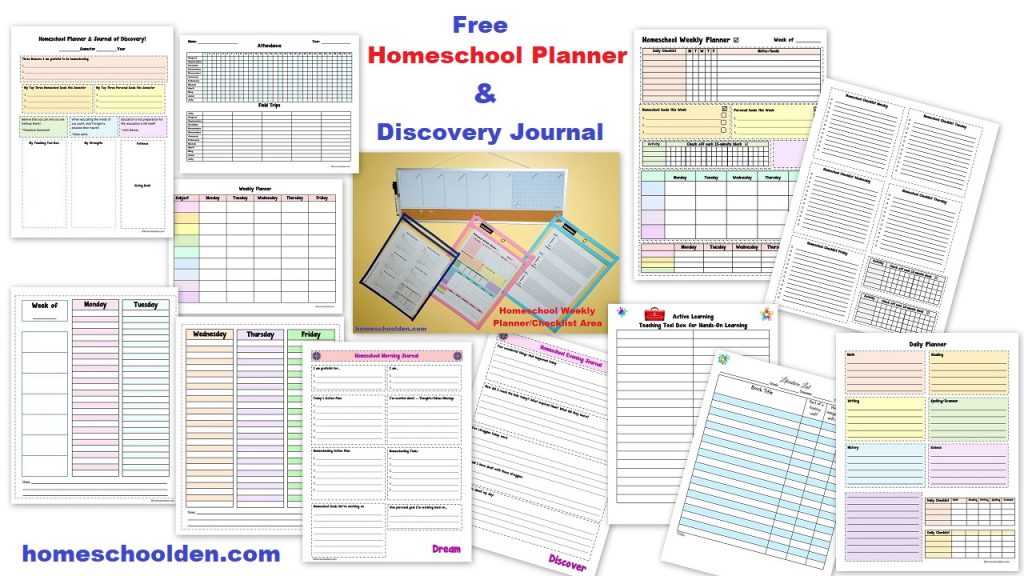Author: Liesl - Homeschool Den
LD has been reading these fairy tales fromthe Beacon Second Reader aloud to me. Thisbook was published in 1914. LD and I both like the tales. You can downloadthem for free and print them out. I did this andexpect to get a lot of use out of them. (LD isalready half-way through the book.) Here are some sample pages (not everypage has an illustration) from the Shoemakerand the Elves and...
DD did the sorting activity again and then we pulled outplaydough and she formed the first letter of each word. ED enjoyed taking the wooden letters and sticking theminto the playdough!
Someone in one of the yahoo groups I’m in shared this science resource: http://www.school4all.org/index.php?view=article&catid;=56%3A2009-02-26-13-13-12&id;=341%3Abooks-on-science-maths-activities&format;=pdf&option;=com_content&Itemid;=70 I briefly checked out some of the links. Some didn’t seem to work for me, but I did enjoy this science comic on the auroras: http://vidyaonline.org/arvindgupta/cawsesaurora.pdf which had a cute comic strip explaining the aurora borealis and included photos from NASA and elsewhere. I’ll be checking out more of the links soon. Someone else shared link...
This month we’re doing lots of science experiments. We also have a friend with us for the remainder of the school holidays (end of January for public school kids), so the kids have been having long, imaginative play sessions most days. It doesn’t leave me with too much more to talk about on the home-schooling front. Life in general though is full to overflowing! Isn’t that the case for most...
Yesterday we prepared our red-cabbage pH indicator. We took a red cabbage, sliced it and placed it into a pot of boiling water. The heat was turned off and we let it sit for several hours. Then we drained out the cabbage and put the cabbage juice into the fridge until we were ready to try our experiment
Here’s the set-up of our experiment. We don’t have any test tubes, so we used small plastic cups. I also recommend having a pH indicator color chart ((I got mine from page 13 at the Surfing Scientist) as the kids really were excited to examine the chart to see whether it was an acid or a base and to decide how strong it was compared some of the other things...
By the way, I read that you can freeze the red cabbage juice and then thaw it to use later.
Today we went to the local science museum. I let mydaughter (4) take the photos. The pictures below includeancient sea life (trilobites, etc.) and meteorites. When we visited the scientist’s lab back in October, hetold us that he and three fellow scientists put togetherthe entire exhibit in just eight weeks (to get ready forsome dignitary’s visit). They worked from early morningtil midnight to put it all together. Here’s the links...
LD’s friend learned how to do this in school;he called it a “tom boy.” I remember doingthis as a girl. To get it started you put a slip knot aroundthe outside of the popsicle of the firststick, above the slip knot. Pull the bottompiece of yarn over the top piece of yarn andslip it off the end. For the first row only,you place the yarn behind the second Popsiclestick. On...
Hopefully this helps you see more clearly how you laythe yarn above the other one. Then you grab the lowerpiece of yarn and pull it out, up and over the end of thestick.
This simple experiment is courtesy of a goodfriend of ours (thanks Mr. M!). All you needis a very strong (earth) magnet, a copper wireand a battery. The wire doesn’t need to touchthe magnet at the bottom, it just needs to beclose. The wire will spin very quickly aroundthe battery (and will get quite warm to thetouch, which also fascinated the kids). The kids thought it was interesting that ifthey flipped...
Honey over at Sunflower School House always amazes me with the free downloads she provides. She has had some website problems and has redesigned her website. I was over their taking a look when I had a moment this morning. She has a First Creativity Journal that has writing assignments that will be perfect for LD. [Scroll down her download list, it’s in alphabetical order.] I’ll definitely use those along...
We actually do this experiment fairly frequently. Wefirst did this last January. Then we made volcanoes againfor our Natural Disasters unit (when we studied hurricanes,volcanoes, tornadoes, tsunamis and things like that). Wehad the perfect opportunity to do this experiment againalong with the Bubble Bombs when a friend was over fora play this afternoon. I’m sure you know how, but if not: A few days ago, we made the volcano from...
The kids had a lot of fun with this experimentas well. 1) Add vinegar to the bottom of a ziploc bag.Ours happened to be red because of the volcanobut plain vinegar is fine.2) Place baking soda into a tissue, wrap it upand hold it near the top while sealing the bag.3) Mix the baking soda and vinegar, drop andrun.4) The bag will POP much to the delight ofthe kids!

